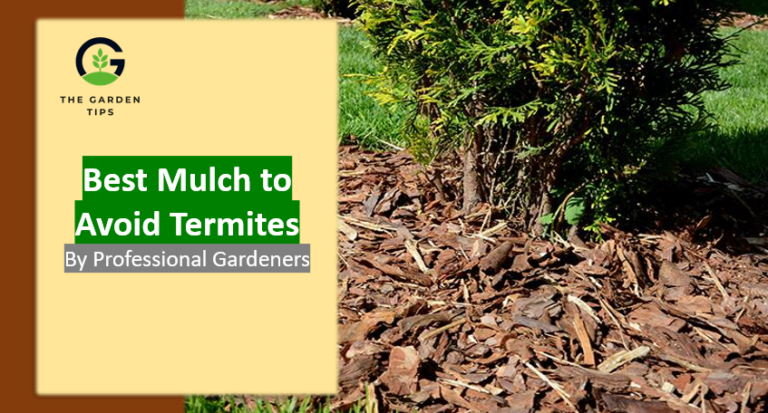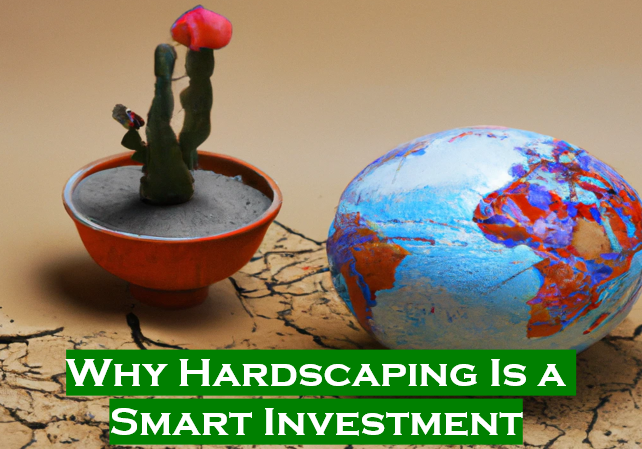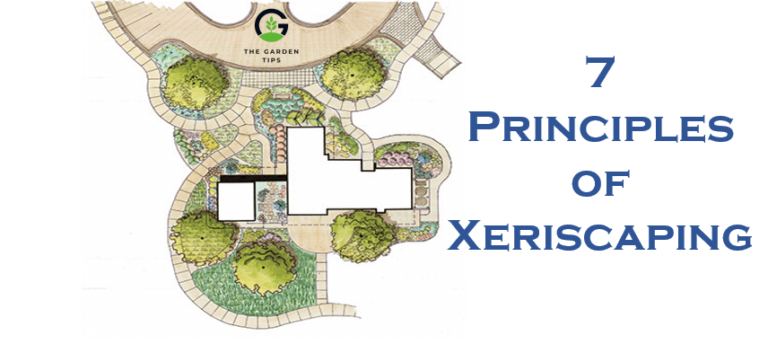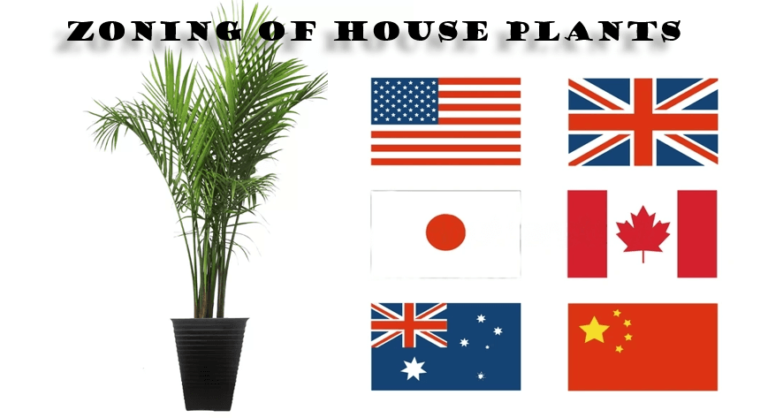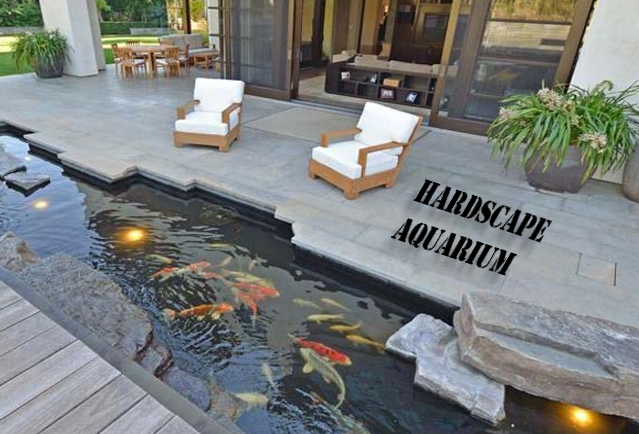A well-designed patio or walkway can create an attractive focal point and provide a functional outdoor space for entertaining or relaxation. A professionally designed and installed hardscape can add significant value to a property by creating an attractive and functional outdoor living space that can be enjoyed by the homeowner and their guests.
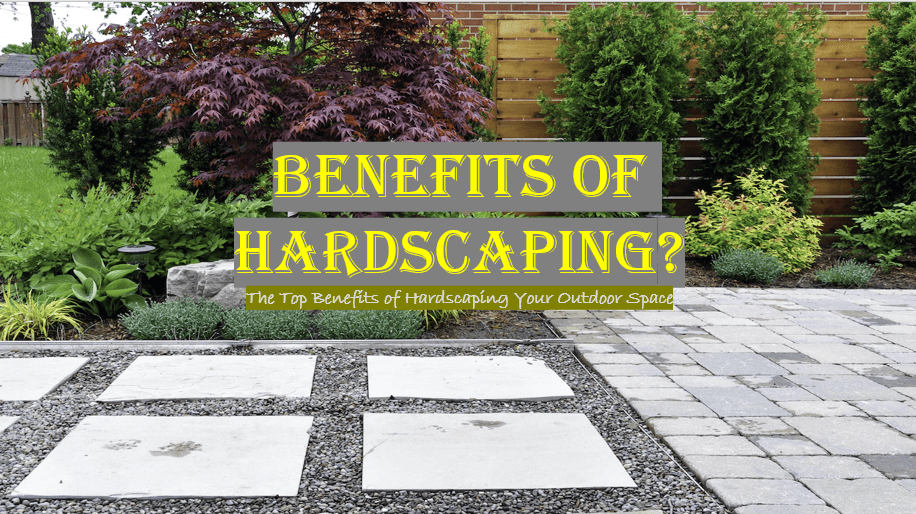
Hardscaping is environmentally friendly and can help lower energy and water costs. Ultimately, hardscaping is a long-term investment that can benefit property owners for years to come by enhancing the overall outdoor living space and value.
11 Benefits of Hardscaping
Here are some benefits of hardscaping:
Improves Functionality and Accessibility
- Creates functional outdoor spaces for activities like cooking, dining, and lounging
- Improves accessibility and provides safe passage between different areas of a property
- Can prevent soil erosion and improve drainage on a property
Adds Visual Appeal and Design Elements
- Creates unique and visually striking design elements that enhance the aesthetic appeal of a property
- Provides a focal point for a landscape, such as a fountain or pond
- Adds structure and definition to a landscape, such as garden walls or raised beds
Increases Property Value
- Enhances the overall aesthetic appeal of a property, making it more attractive to potential buyers or renters
- Increases the usable outdoor living space, adding more functional square footage to a property
- Provides a competitive advantage over other properties that may lack hardscaping features
Low Maintenance
- Requires minimal ongoing maintenance compared to softscape elements like plants and trees
- Durable materials like concrete and stone can withstand the elements and heavy use over time, reducing the need for frequent repairs or replacements
Environmentally Friendly
- Can help prevent soil erosion and improve water drainage, reducing the impact of stormwater runoff
- Can be designed to incorporate sustainable features like permeable pavers or rainwater harvesting systems
- Can reduce the need for water and chemical treatments required for maintaining softscapes
Increases Usable Space
- Hardscaping can transform unusable areas of property into functional outdoor spaces, such as steep slopes or areas prone to erosion.
- It can expand the livable area of a property and provide a place to entertain, relax or exercise.
Long-Term Investment
- Hardscaping is a long-term investment that can improve the value of a property over time.
- It is durable and long-lasting, reducing the need for frequent replacement or repair and saving money in the long run.
Versatile and Customizable
- Hardscaping can be customized to fit a variety of aesthetic styles and design preferences.
- A variety of materials, colors, and patterns are available, allowing for unique and customized designs to be created to meet specific needs or preferences.
Enhances Safety and Security
- Hardscaping can enhance a property’s safety and security by adding lighting, fencing, or other security features.
- It can provide a non-slip surface, reducing the risk of slips and falls on walkways or stairs.
Lowers Energy Costs
- Hardscaping can help lower energy costs by reducing the heat absorbed by the property’s exterior.
- Light-colored hardscaping materials can reflect more sunlight and heat, reducing the need for air conditioning.
Requires Less Water
- Hardscaping requires less water than softscaping elements like grass and plants.
- Incorporating hardscaping elements like rock gardens or pathways can reduce the water required to maintain a property’s softscaping.
Final Words
In conclusion, hardscaping offers a wide range of benefits for both residential and commercial properties. It improves the functionality, accessibility, and visual appeal of a property increases its value and lowers maintenance costs over time. Hardscaping can also be customized to fit a variety of design preferences and can be used to transform previously unusable or unsightly areas of a property.



